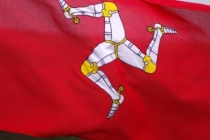Gaiety Theatre, Isle of Man: Beautiful, Unique and Haunted
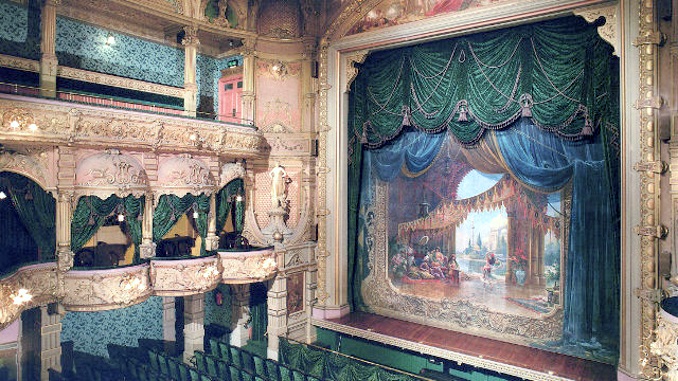
Nestling on the promenade in the Manx town of Douglas (Manx: Doolish) stands the Gaiety Theatre. Built in 1899 to the designs of architect Frank Matcham as an opera house and theatre, the Gaiety Theatre opened on the 16th of July 1900. It enjoyed considerable success, particularly in the Edwardian era until the outbreak of the First World War in 1914. Despite various attempts to make it a commercial success after that and particularly in the years following the Second World War there was a period of structural deterioration, to such an extent that by 1970 the theatre came close to being demolished. Fortunately, what would have been an act of dreadful vandalism, was avoided when the Manx Government purchased the building in 1971
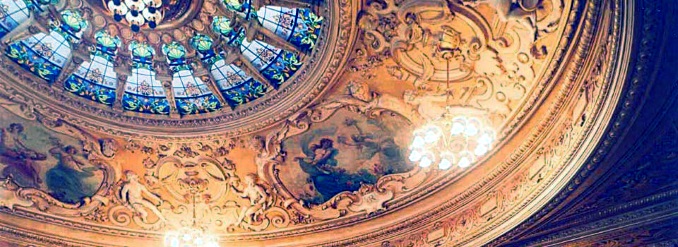
In 1976 restoration began under the direction of architect and theatre expert, Victor Glasstone. The theatre then underwent further restoration, under the direction of Mervin Russell Stokes from the 1990s. He worked tirelessly to return the building to as near its original appearance as possible. Mervin Stokes ensured that the theatre was authenticity restored, choosing the original paint colours, wallpaper and carpeting to replicate its 1900 opening condition. The stage machinery in the theatre is amongst the most complete and unusual in any theatre in the world. Built at the end of the Victorian era, one of the traps, known as a 'Corsican Trap’, is now unique in the world, being the only surviving example. The Theatre is today considered one of Frank Matcham's finest surviving Theatres.
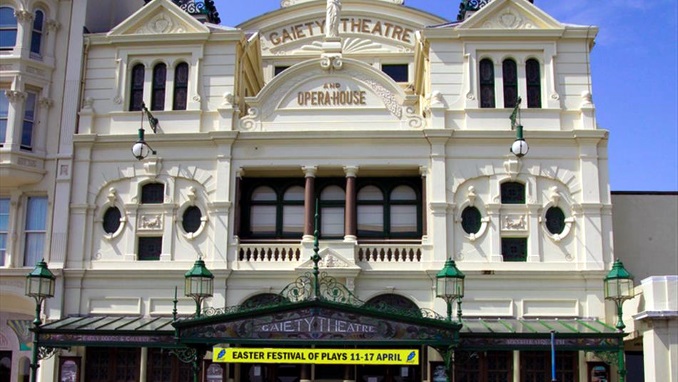
In 2000, one hundred years after opening, on 16 July 2000, the centenary was celebrated with a performance of "The Telephone Girl" which opened the Gaiety in 1900. Those attending would have marvelled at the beauty of their surrounding, just as the audience would have done in 1900. It is said, however, that some of those who loved the theatre in their lifetime continue to return after their passing. It is not unusual for a theatre to claim that it is visited by ghosts and the Gaeity is no different. Phantoms have been glimpsed on-stage, in the wings and orchestra stalls or even in the auditorium. There are few people who would want to find themselves alone at night in the Gaiety Theatre once the performance has ended and the audience has gone. It is said to be home to at least four ghosts. There is the lone man who has been seen sitting in one of the boxes and then at some point gets up and disappears through the wall. There is a woman dressed in black who walks in the shadows of the stairways and corridors. Then there is an unseen ghost described by some as the 'helping hands'. Who waits in the wings to hand props to actors or gently guide them onto the stage. Probably the most famous is the 'Lady in seat B14'. Claimed to have been seen by many and described as an elderly lady who sits and watches the performances, or just appears for sections that she interested in. Some say she lost her husband in the First World War and often the seat B14 is left vacant to accommodate her should she wish to visit.
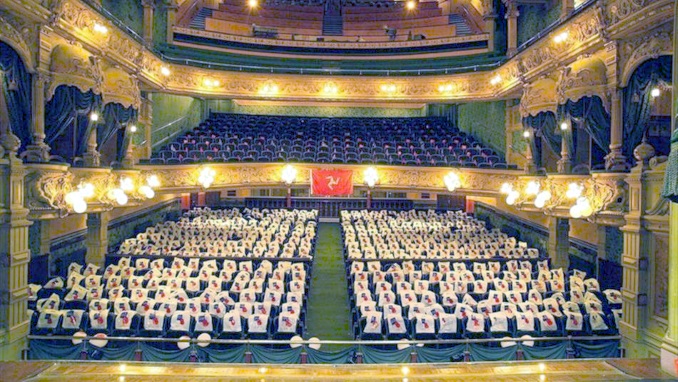
Tales of the supernatural are not unusual in the Isle of Man (Mannin). The island has many myths and legends involving mythical creatures that have existed over its long and rich history. So ghosts from the more recent past, such as those that are claimed to haunt the Gaiety Theatre in Douglas, fit in with that tradition. Various places throughout the island lay claim to ghosts and Douglas has its share. It is the capital and largest town on the Isle of Man. It is located at the mouth of the River Douglas, formed on the outskirts of the town where the River Dhoo and River Glass meet, and then flows into the Irish Sea. Douglas was chosen as the capital of the Isle of Man in 1869 when it became the home of the island's parliament, Tynwald. Previously Castletown (Manx: Balley Chashtal) in the south of the Island had been the capital. Archaeological evidence points to the site now occupied by Douglas as long being one of historical importance. Douglas is referred to twice in the Chronicle of the Kings of Man and the Isles: first in 1192 and then again in 1313, when Robert the Bruce, King of Scotland, spent the night at the "monastery of Duglas". The Chronicles of the Kings of Mann and the Isles or Manx Chronicle is a mediaeval manuscript compiled around 1257 A.D. at Rushen Abbey in the Isle of Man. They record, in addition to other topics, events in Manx history from 1000 A.D. to 1316 A.D. and look at the Islands place as the centre of the Kingdom of Mann and the Isles.

- Manx
- English

